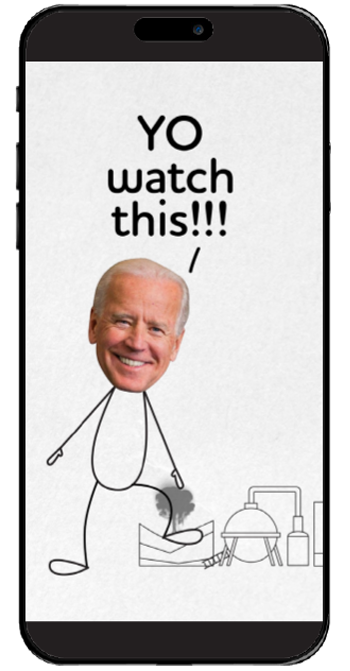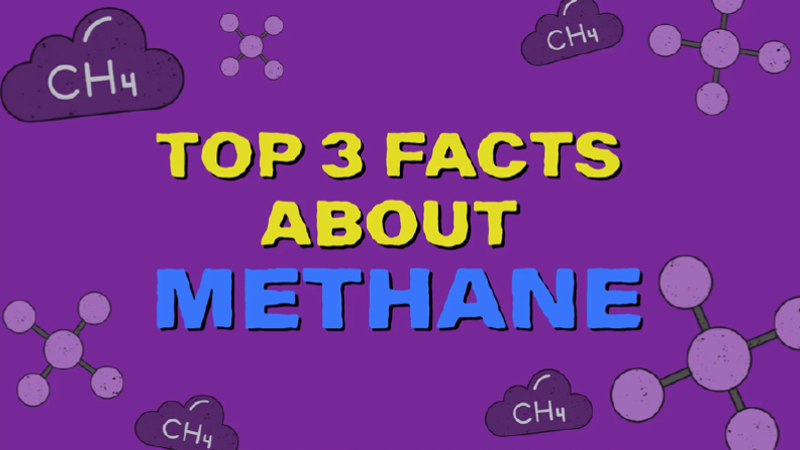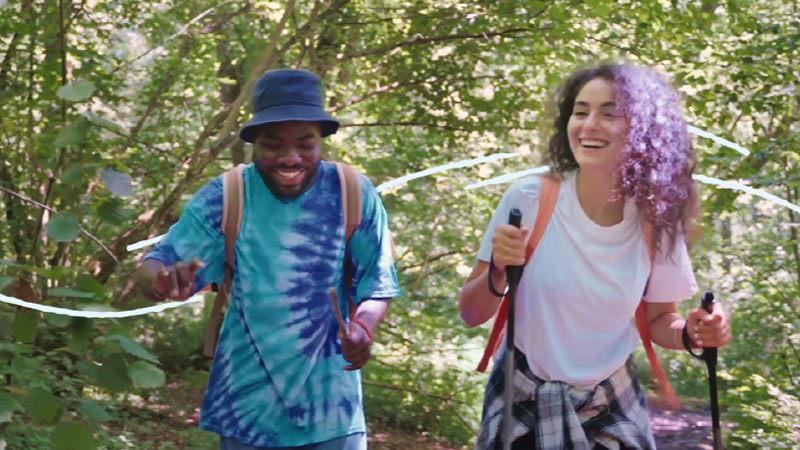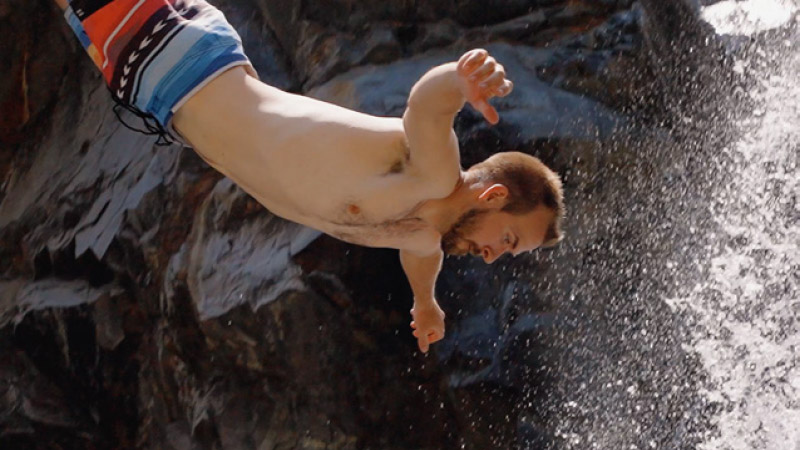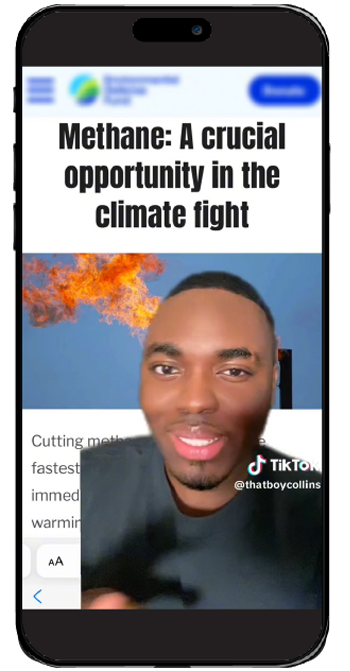Closing The Information Gap Among Young Americans
Trilogy tested its own creative against creator content to develop strategic media plans that would close a critical information gap among young Americans.
Closing the Information Gap
As the Biden-Harris administration trumpeted its climate progress, the League of Conservation Voters (LCV) noticed a problem: Americans between the ages of 18 and 30 weren’t aware of the strides the administration was making.
In early 2024, President Biden announced he was pausing the construction of 17 methane gas facilities. It was a wonky but game-changing move that would slow the pace of climate change by preventing the release of tons of toxic greenhouse gases. LCV saw an opening.
Building a Bank of Content with Creators and In-House Talent
LCV tapped Trilogy with a tall order: Break through to 18- to 30-year-olds in five states — Arizona, Georgia, Michigan, Pennsylvania, and Wisconsin — and get them excited about President Biden’s action to slam the brakes on new methane facilities.
Reaching such a specific and skeptical audience called for next-level creativity and rigorous testing to discover what worked. We tasked our Gen Z staff with writing creative studio ads that would connect with young people and deliver LCV’s message. Meanwhile, we partnered with content creators to produce digital content touting the Biden-Harris administration’s climate progress.
Our talent roster included creators already trusted in climate and political spaces, as well as creators known for comedy sketches, tutorials, and reviews. Trilogy provided structure in the form of detailed briefs and legal guidance while giving creators the flexibility to speak to their audiences in the unique, trusted way that only they could.
To create effective content that advanced our audience’s understanding, we had to know where we were starting from. So we asked creators to conduct organic research to find out how much their audiences knew about methane and what, if anything, they knew about President Biden’s executive order. Their findings — gathered through polls and comments — helped us level-set with the client and ensure the campaign met target audiences where they were.
We also incorporated social search optimization practices into the campaign. Many Americans, including 40% of Gen Z, prefer to search for information directly within social media apps, so we helped creators optimize their videos to appear prominently in the TikTok, Instagram, and YouTube search results. By optimizing content — for instance, by titling a video “We should be talking about America’s recent climate wins” rather than “We should be talking about this” — we helped LCV’s messages show up prominently when young people did their own research.
Testing Creator Content Against Our Own

We ran two panel tests to assess the effectiveness of influencers’ content against our own. But we didn’t stop there. We knew from experience that panel results don’t always bear out when ads are live — so we ran a brand-lift test of six ads to see how they performed in the field.
This groundbreaking research pitted three 30-second Trilogy-produced spots against three 30-second creator-produced spots. Respondents could skip the ads after a few seconds, and the treatment group was asked our survey question 24 to 48 hours later. This gave us meaningful data on how effectively our ads grabbed attention and how well the message stuck.
Here’s what we observed:
- Trilogy-produced spots and creator spots both packed persuasive power. Trilogy’s "Have Your Heard" was the most effective for lifting Biden’s favorability (1.7% lift). Creator-produced “Summer” (a variant of “Winter”) came in close behind, with 1.4% lift.
- Some spots that performed well in the panel test fell flat in the field. The Trilogy spots “Breath of Fresh Air” and “Facts,” clear winners in panel tests, had no measurable effect in the field.
- Results varied by state. The creator spot “Winter” stood out in Michigan (5.1%), while “Biden’s Blocking Toxic Pollution” stood out in Arizona (3.7%).
Typically, creative pre-tests and tests in the field deliver similar results. The difference is a matter of degree, not direction. That wasn’t the case here. Influencer content outperformed lab testing results in the live environment, while studio ads had mixed results in lab testing vs. field brand lift studies.
Charting a New Course
The test results profoundly shaped our strategy. We licensed the top-performing influencer videos to use in paid ads on Instagram, Snapchat, and YouTube. Our in-house media team developed unique media plans for Arizona, Georgia, Michigan, Pennsylvania, and Wisconsin, serving the optimal sequence of content to young people in each state.
By collaborating with creators, conducting thorough research and testing, and checking our egos at the door, we executed a smooth, data-driven, multi-pronged campaign to communicate to young people about a complex issue.
The most important takeaway? Campaigns should partner with influencers and test content in a live environment — especially if they’re trying to reach young people. Testing in the field is the only way to measure how spots perform in young people’s fractured digital media environment, where the next piece of content is just a flick of the wrist away.
